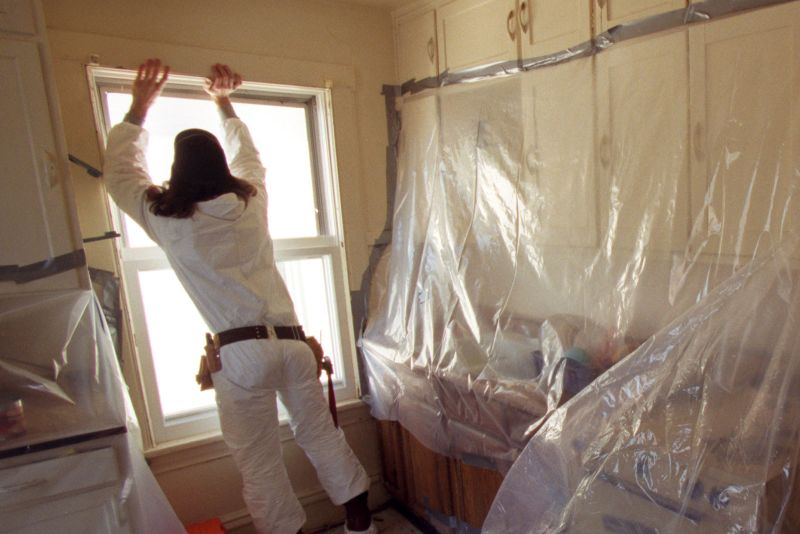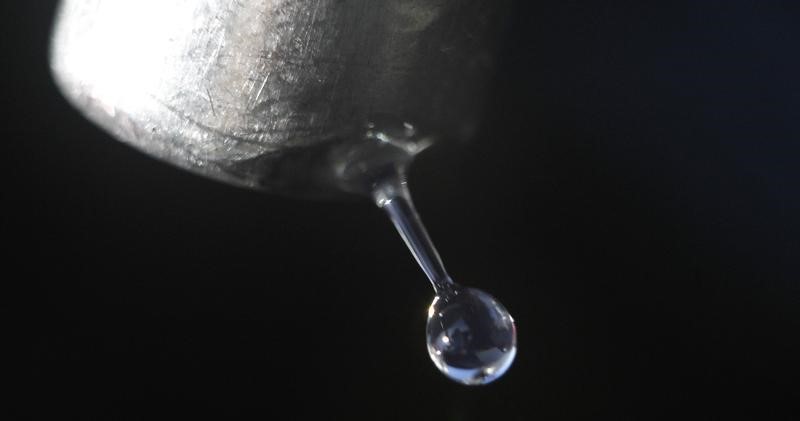EPA finalizes stricter rules targeting ‘scourge’ of lead paint dust in homes, child-care facilities

Any level of lead paint dust in is considered hazardous, according to new requirements for identifying and cleaning up the harmful dust in certain homes and child-care facilities across the country, finalized Thursday by the US Environmental Protection Agency.
Even low levels of lead exposure are known to be dangerous. In children, it can hurt brain development and lead to lasting health effects. Lead has been phased out of paints in the US for decades, but it is still found in many older buildings: an estimated 31 million houses built before 1978, of which about 3.8 million are home to at least one child under the age of 6.
Young children are particularly vulnerable because they crawl on floors and hang on windowsills that could be contaminated with lead-based paint dust, leading to exposure when they put their hands in their mouths.
“This paint is 50 years old at this point,” said Michal Freedhoff, assistant administrator of the EPA’s Office of Chemical Safety and Pollution Prevention. “In some cases, it’s even older than that, and it feels to me like it is time to finally rid the country of the scourge that lead paint has posed to our children’s health.”
Lead-based paint is often identified when a child is found to have high levels of lead in their blood. In these instances, the EPA requires that the hazard be cleaned up and the area tested to ensure that levels of lead paint dust don’t exceed certain limits.
“Today, the Biden-Harris administration is establishing a new, essentially zero-tolerance standard for the detection of lead in homes or child-care facilities,” White House National Climate Adviser Ali Zaidi said. “Any level of lead detected in a home will trigger the need for action, and a certified lead abatement specialist has to come in and clean it up, and their job will not be considered done until they have reached the lowest levels of lead our labs can reliably detect.”
The new requirements strengthen the standards by which lead abatement is considered complete to 5 micrograms per square foot for dust on floors, 40 micrograms per square foot for windowsills and 100 micrograms per square foot for window troughs, as measured by an EPA-recognized laboratory.
These revised limits are higher than what was proposed when the rule was announced last year. The difference between the proposed and finalized limits reduces the cost of compliance, Freedhoff said.
“One thing we heard loud and clear in response to our proposed rule was that there are a very much smaller number of labs that had the technology needed to measure to the lower levels that we proposed,” she said. “What that meant is, if we had finalized the way we would have proposed, there would have been a logjam at the smaller number of labs that could actually do the work. That would ultimately mean fewer lead paint abatements would be done. It could have meant that families would have had to stay moved out of their homes for much longer because of that diminished lab capacity, and ultimately, we actually felt we would be able to reduce the risk for more children and more households by shifting to the level that New York City implemented” in 2021.
“I think it’s really a false choice to say that kids have to choose between safe homes and having homes at all, and I don’t think they have to have that choice made for them with this rule,” Freedhoff said.
The new regulation is expected to reduce lead exposure in up to 1.2 million people in the US each year. Zaidi noted that homes with lead-based paint tend to be in communities of color and in lower-income areas.
- Sign up here to get The Results Are In with Dr. Sanjay Gupta every Friday from the CNN Health team.
“It’s important that we recognize this as part of a broader strategy to make sure that no matter what ZIP code you live in, where you’re growing up, how much money your parents make, the color of your skin or your background does not determine that you will face lead exposure.”
The lead dust rules are part of a broader Biden administration effort to reduce lead exposure across the country, officials say. This month, the US Department of Housing and Urban Development announced more than $420 million in awards for helping remove lead hazards in homes and HUD-assisted properties, and the administration finalized a rule requiring drinking water systems to identify and replace lead pipes within 10 years. The EPA announced $2.6 billion in funding toward improving the nation’s drinking water infrastructure.







